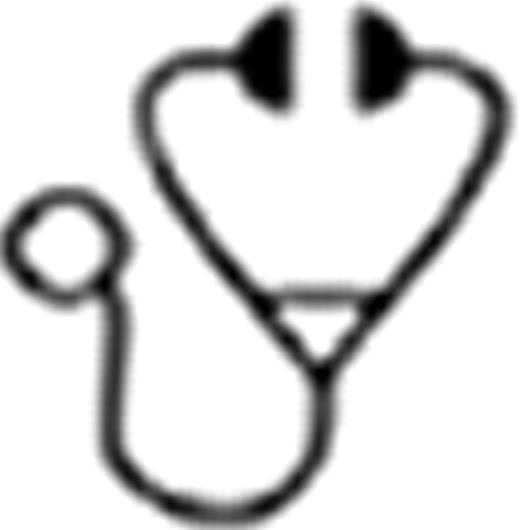Abstract
The laboratory and clinical benefits of hydroxyurea therapy for children with sickle cell anemia (SCA) are well recognized, but treatment in young patients is limited in part by concerns about long-term genotoxicity, and specifically possible carcinogenicity. To date, few prospective data have been available to assess the mutagenic and carcinogenic potential of hydroxyurea in young patients with SCA. The Pediatric Hydroxyurea Phase III Clinical Trial (BABY HUG) was a multi-center double-blinded placebo-controlled randomized clinical trial (NCT00006400) testing whether hydroxyurea could prevent chronic organ damage in very young patients with SCA. BABY HUG was conducted across 14 centers and was approved by the local institutional review boards of all participating centers. A total of 193 infants (mean 13.6 months) with SCA (HbSS or HbS/ß°-thalassemia) were randomized to receive hydroxyurea (fixed dose of 20 mg/kg/day) or placebo for two years. An important secondary objective of the study was the in vivo measurement of acquired genotoxicity using three laboratory assays: chromosomal karyotype including quantitation of chromosomal breaks, chromatid breaks, and fusion events; illegitimate VDJ recombination events representing inversion events on chromosome 7 with juxtaposition of T-cell receptor Vg and Jb and gene loci; and micronucleated reticulocyte formation signifying aberrant erythroid production. Subjects in both the hydroxyurea and placebo groups had significantly increased numbers of total chromosome breaks and similar numbers of chromatid breaks at study exit compared to study entry. However, at study exit, subjects with hydroxyurea exposure had similar numbers of chromosome and chromatid breaks as subjects receiving placebo (0.5 ± 1.4 chromosome breaks per 100 metaphases vs. 0.4 ± 2.5, p=NS; 0.6 ± 1.1 chromatid breaks per 100 metaphases vs.0.8 ± 3.4, p=NS). There were no changes in the number of illegitimate VDJ recombination events observed, comparing study entry and exit samples either in the hydroxyurea or the placebo treatment group. At study exit, subjects treated with hydroxyurea had similar numbers of illegitimate VDJ recombination events as subjects receiving placebo (0.7 ± 0.5 events per μg of DNA versus 0.7 ± 0.4 events, p=NS). Subjects treated with hydroxyurea had a similar number of early reticulocytes containing micronuclei at study exit compared to subjects receiving placebo (0.3 ± 0.2% versus 0.3 ± 0.2%, p=NS). Together, these data indicate that hydroxyurea treatment in very young patients with SCA was not associated with any significant increases in genotoxicity compared to placebo treatment. These data provide evidence of cytogenetic stability in this susceptible population of young children and contribute to a growing body of evidence to suggest that in vivo genotoxicity of hydroxyurea in patients with SCA appears to be low.
Dertinger:Litron Laboratories: Employment.

This icon denotes a clinically relevant abstract
Author notes
Asterisk with author names denotes non-ASH members.

This feature is available to Subscribers Only
Sign In or Create an Account Close Modal